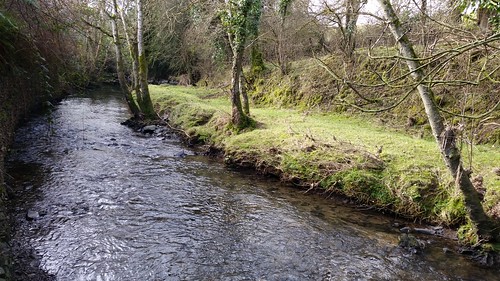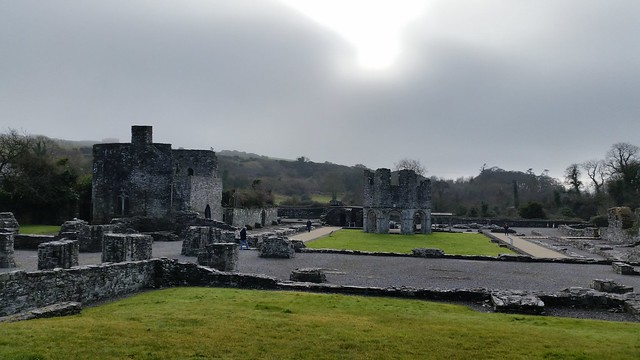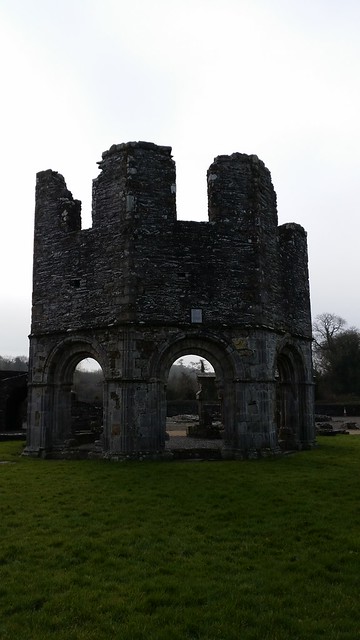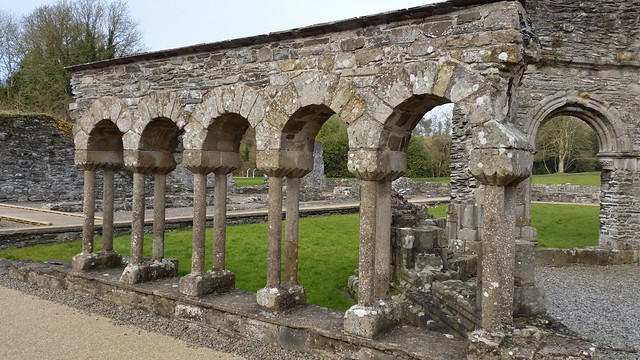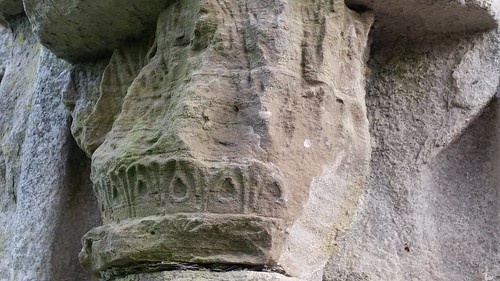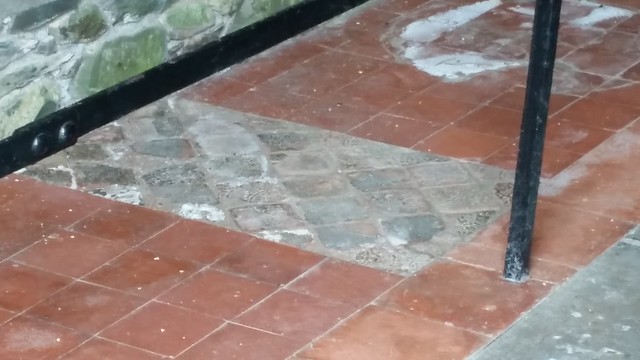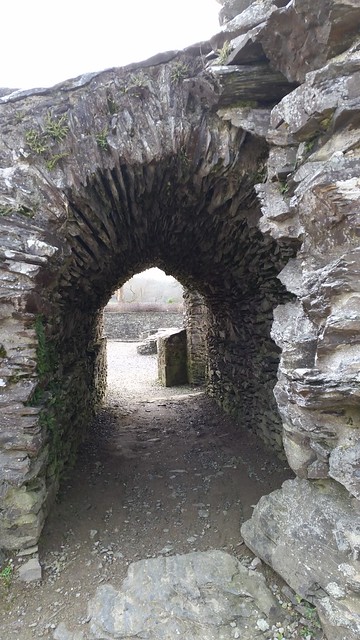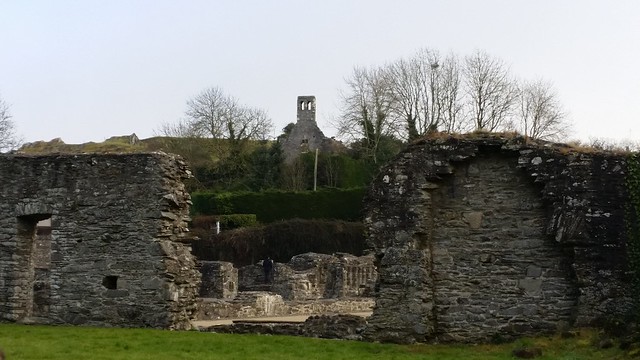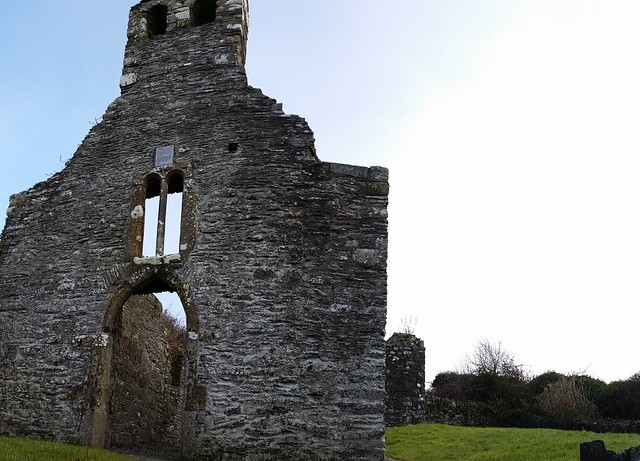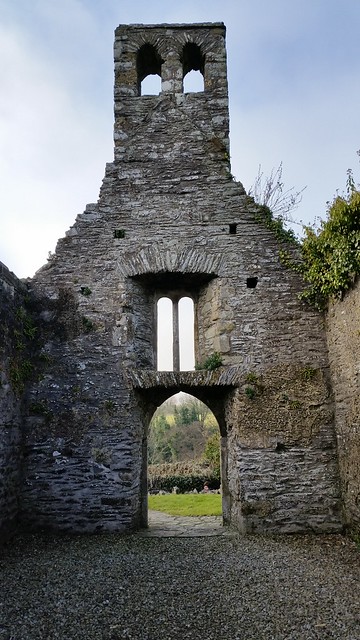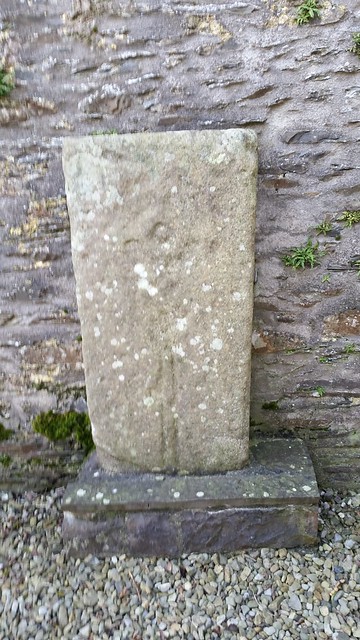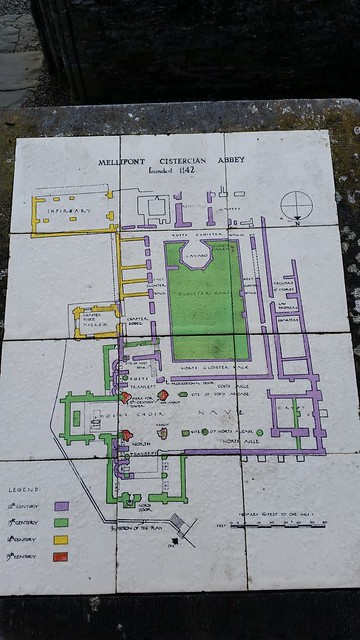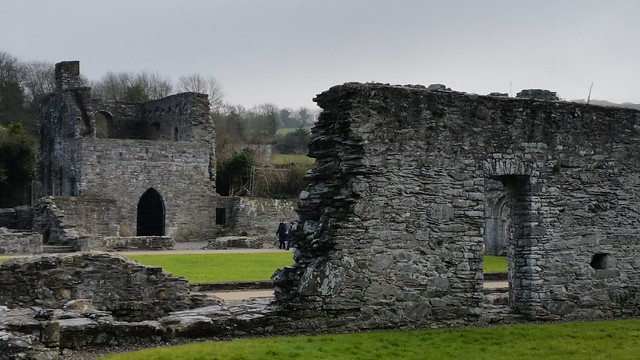Emo Court, located near the village of Emo in County Laois, Ireland is a grand home built in the Georgian period. It and the grounds are currently run and managed by the OPW and have free entry. There’s a lovely little cafe on site (we stopped here for lunch) and a little stroll while on the way back from visiting County Cork.
The same designer of the Customs House in Dublin, Emo Court house was designed by the architect James Gandon in 1790 for John Dawson, the first Earl of Portarlington. Started in the 1790’s, construction on the home was paused when the first Earl died. From there, due to money issues, construction was started and stopped several times before the building was completed in the 1860s. The house was in it’s prime between 1860 – 1900, but when World War I started in in 1914, and in 1918 the Easter Rising and subsequent War of Irish Independence, the Earls of Portarlington vacated the premises to return to England.
The house remained closed up and unoccupied until it was sold in 1920 to the Irish Land Commission. At the time the estate (home and grounds) which extended over nearly 20 square miles, had the land parceled out to to local farmers but the house remained empty. Finally in the 1930’s, the Jesuits bought the house, a portion of the land and opened a religious training school on the site, which lasted until 1969. Major Cholmeley Harrison then bought the property in 1969, restored the house and lived in it as his private residence before turning it over to the Irish Office of Public Works (OPW) in 1994. The home and grounds continue to be managed by the OPW today, and entry is free.
@phoenixrosedsgn Emo Court House and grounds,Co. Laois. #grandhome #georgian #Ireland #tourism #staycation #explore #opw #free ♬ I Wanna Be Rich – Chereh Sputswe
New Life goals: Having a house (and maid?) on fantastic manicured lands like this….Ha!



